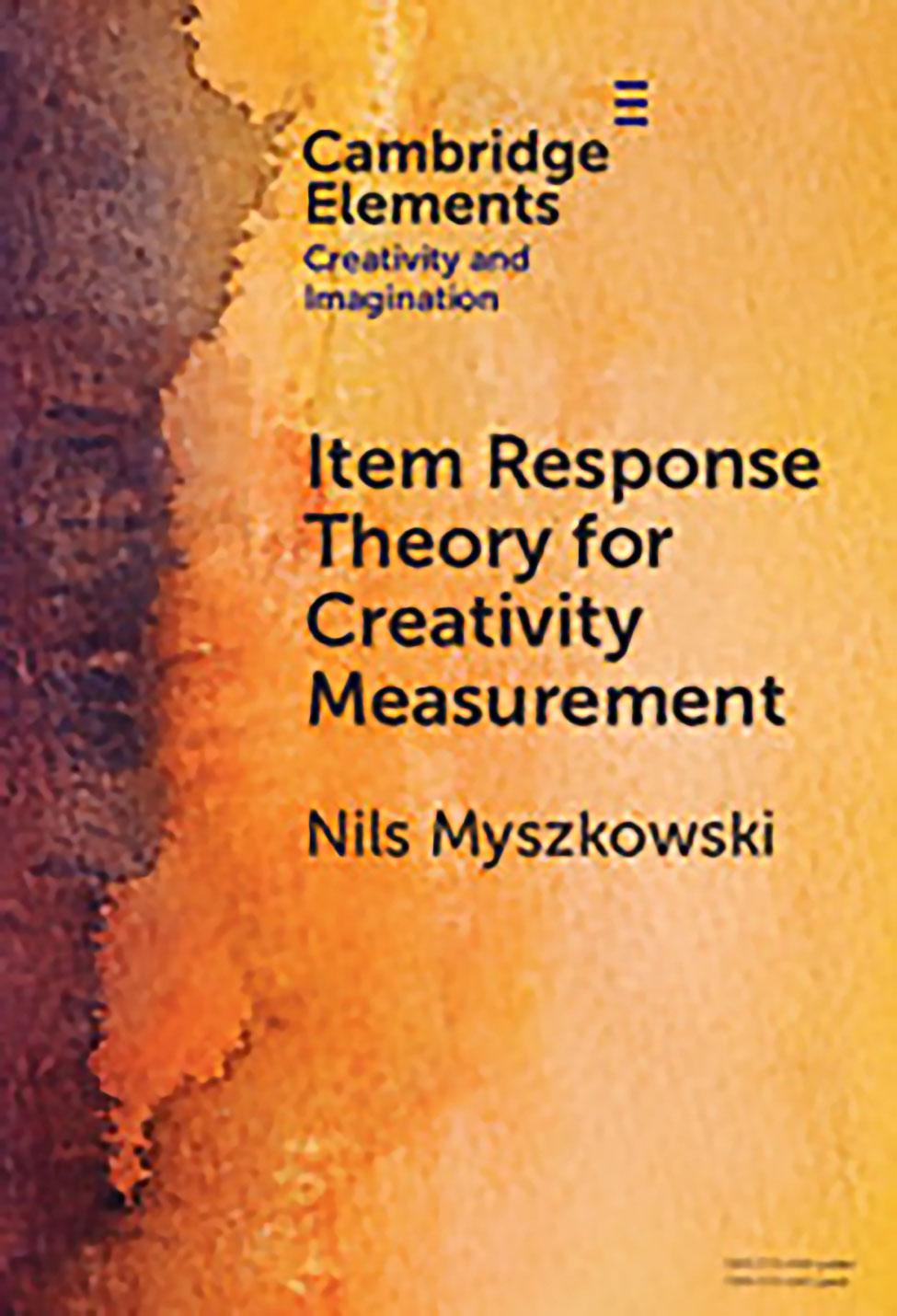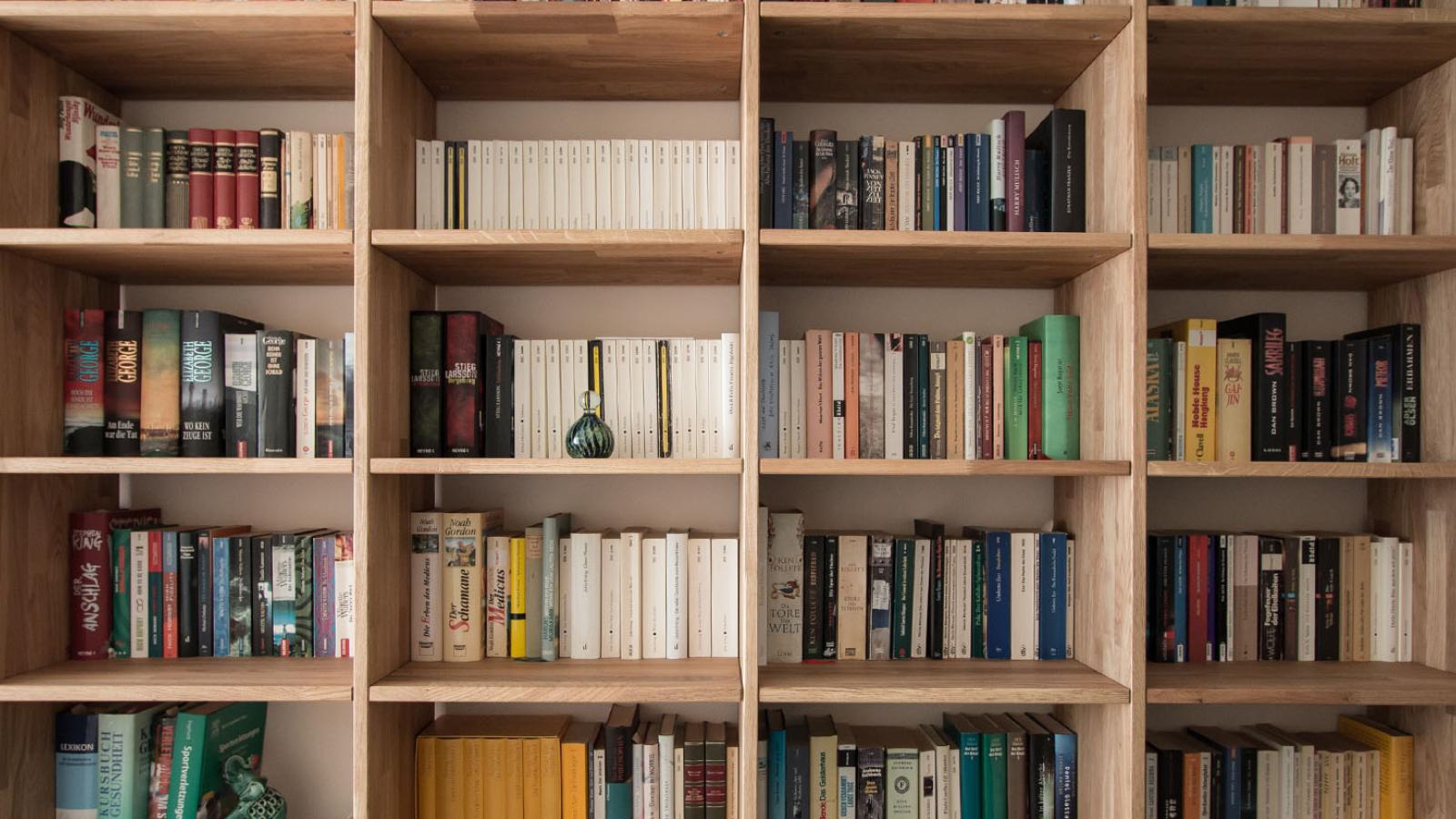

Item Response Theory for Creativity Measurement
Nils Myszkowski, PhD
Associate Professor, Psychology

What is the central theme of your book?
This book offers a description of how to apply a psychometric framework (called item response theory) to creativity measurement. In short, it presents a modern statistical toolbox that is underused when we measure creativity (which occurs notably in psychology research, education, and in occupational contexts), in spite of it being particularly relevant for it.
What inspired you to write this book?
In my previous papers I’ve made several efforts to bring modern psychometric approaches to the field of creativity. There are a lot of misconceptions on the methodological approach presented in the book among psychology researchers and creativity researchers. I always thought “it would be so much better if there were a book for this,” so I decided to write it.
Why is this book important in your field? What does it contribute to the current body of knowledge on this topic?
It’s the first book to connect item response theory and creativity. There is a growing interest in the understanding and training of non-academic skills, such as creativity, in various fields. Creativity can be measured (although imperfectly) because it is manifested in many behaviors (e.g., generating original ideas to solve a problem). However, these behaviors are very “noisy” and have various complex features (e.g., non-normal distributions). Unfortunately, in practice, these practical complexities are typically unaccounted for when doing things such as building/updating tests, calculating scores, etc. The approach I present in the book is a broad(er) measurement framework that allows to account for these complexities, resulting in more accurate measurement and practical options for uses such as computer-adaptive testing.
Tell me about a particularly special moment in writing this book.
It’s difficult to choose one, but I think that the moment that stands out the most was when I received the physical copy. In a sense, that’s when it became “real.”
What is the one thing you hope readers take away from your book?
I hope that readers are more convinced of the usefulness and applicability of item response theory in creativity measurement, and that my presentation of it leaves them eager to spend more time crafting more realistic and elegant measurement models.
Is there anything else you would like to share about your book?
The revision stage of this book (along with the creativity of online supplemental material) was supported by the Book and Performance Completion Award through the Office of Research and Graduate Education at Pace.
What other books have you published?
I have published journal articles, book chapters and edited a collection of articles in a book, but this is my first authored book.
Fun Facts:
When did you join Dyson?
In 2014.
What motivates you as a teacher?
I like to witness “aha” moments when students grasp a statistics concept.
What do you do in your spare time; to relax/unwind?
Play music and go to the park with my son.
What are you reading right now?
Machine Learning for Social and Behavioral Research by Jacobucci, Grimm and Zhang.